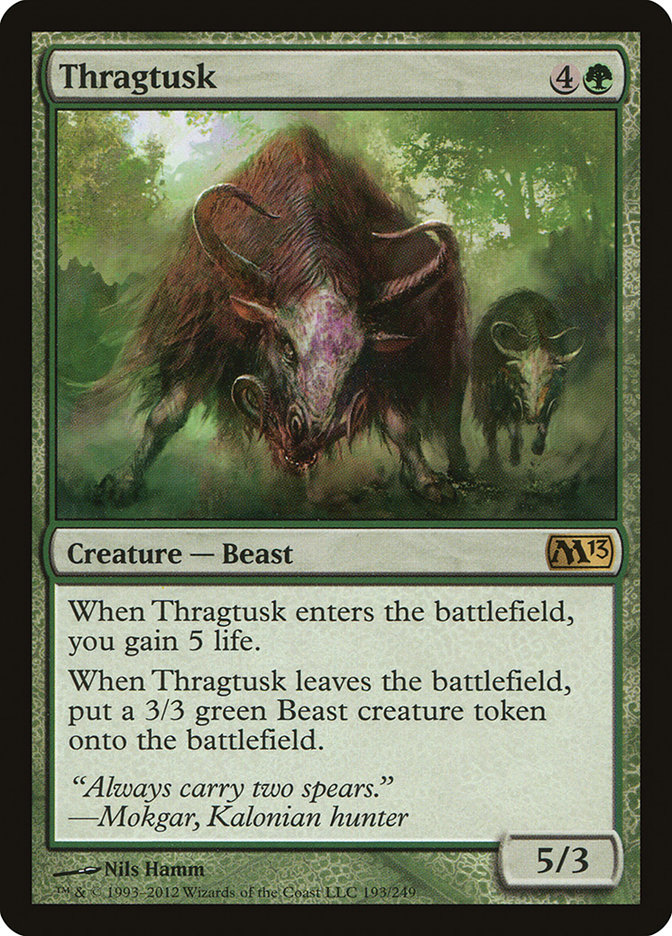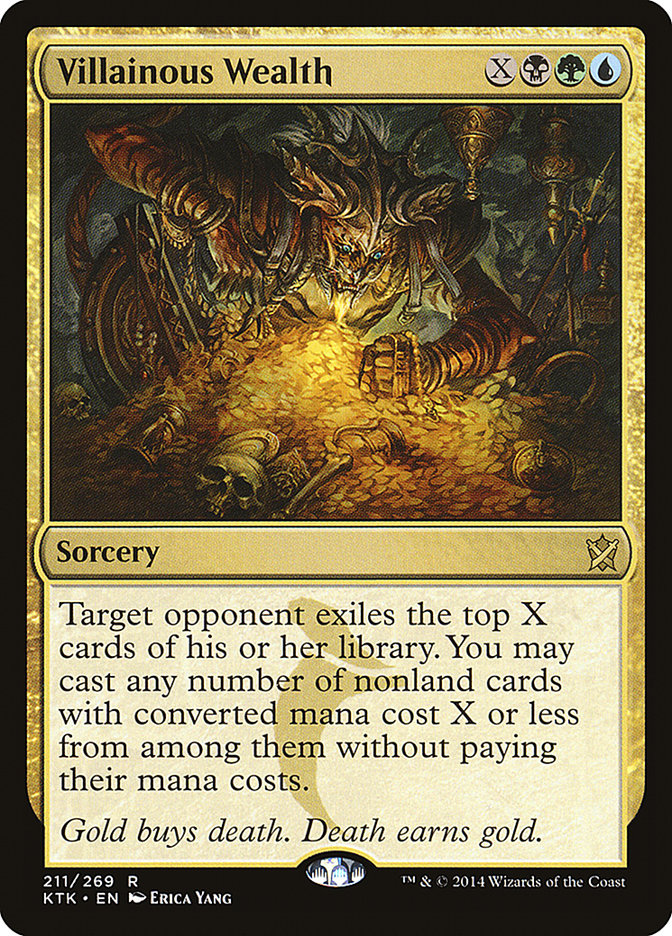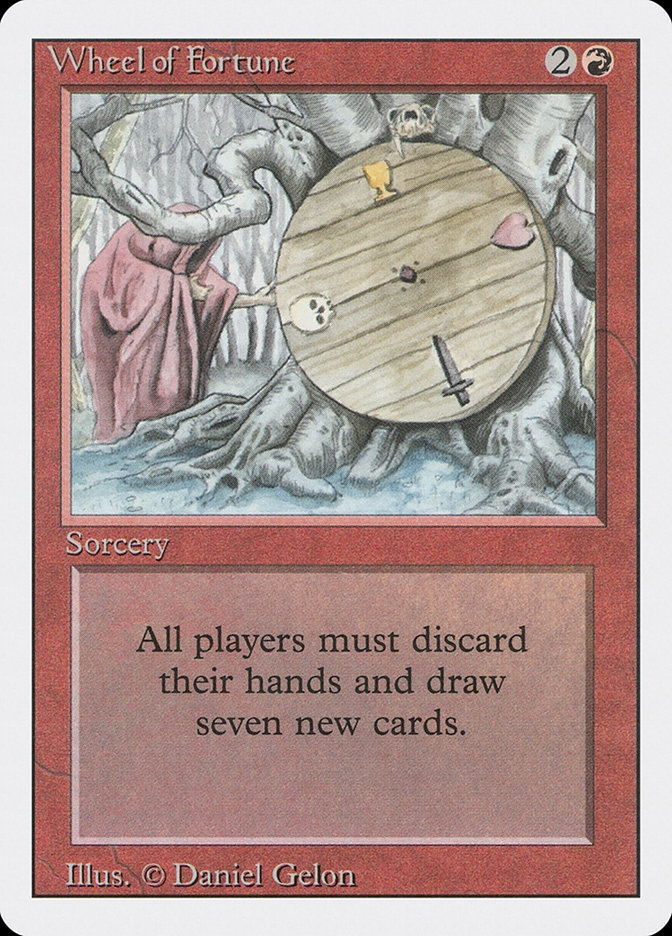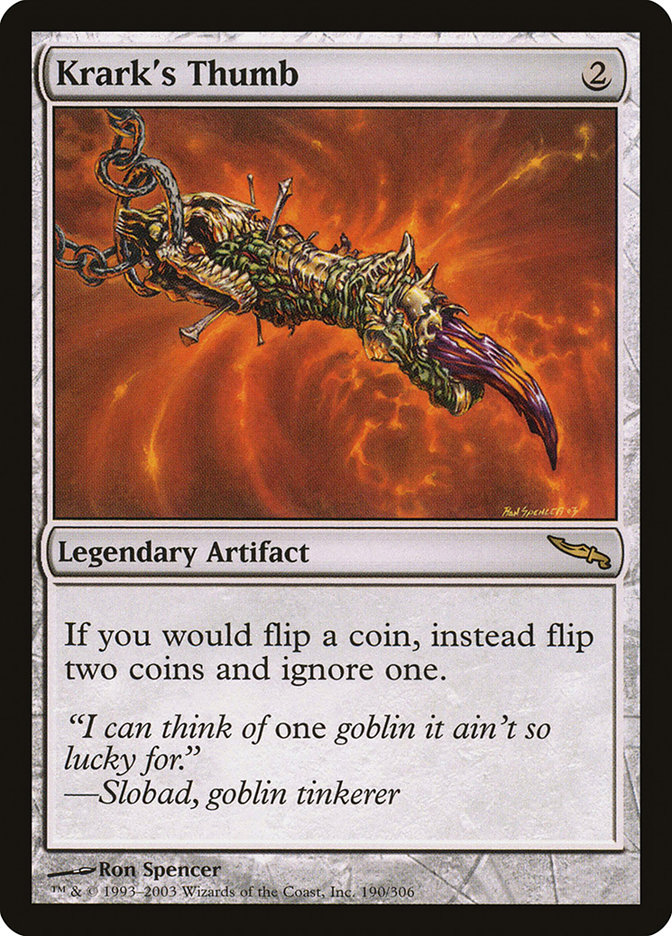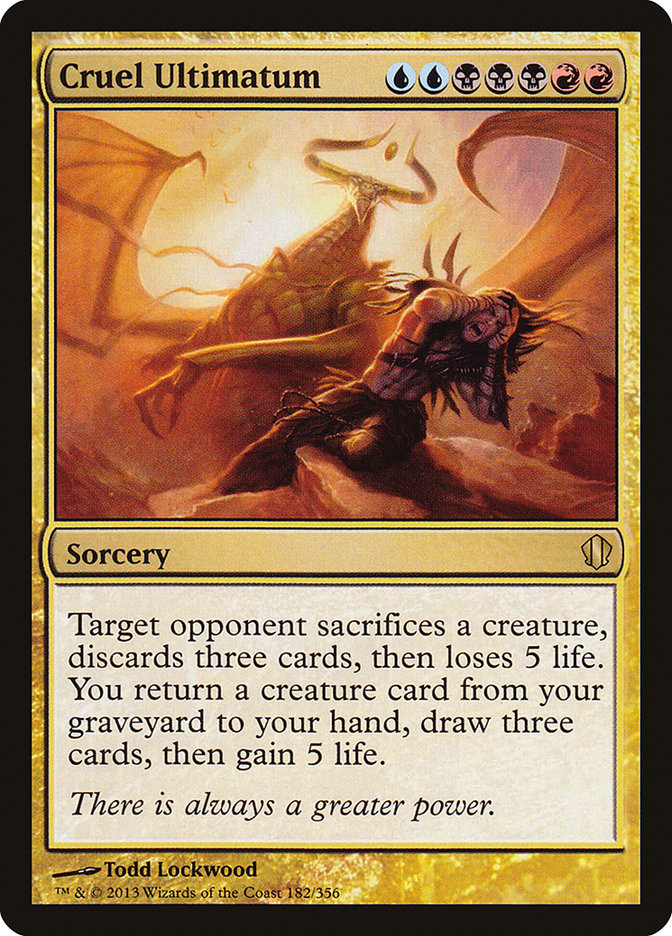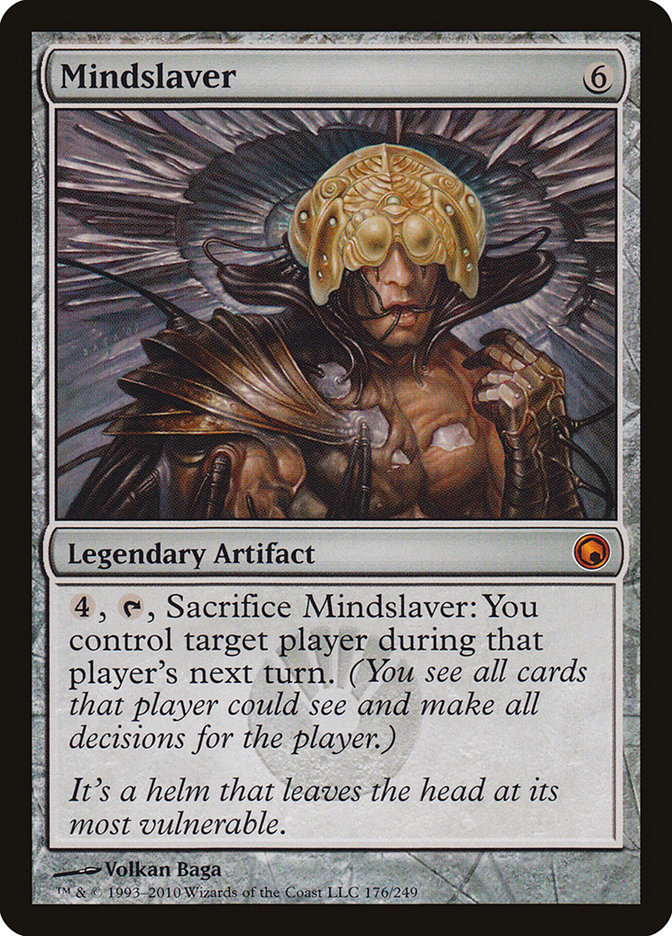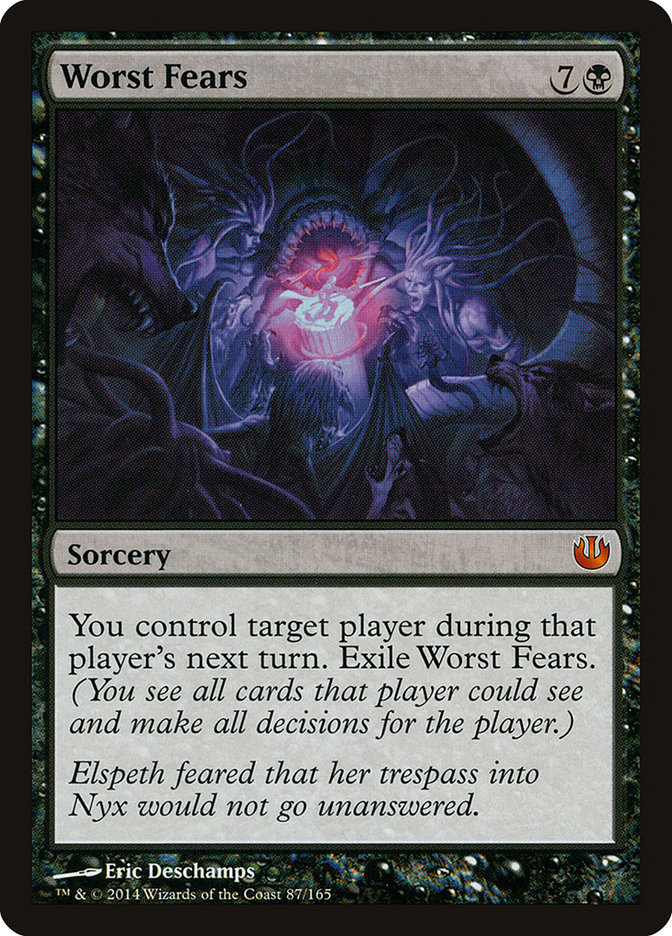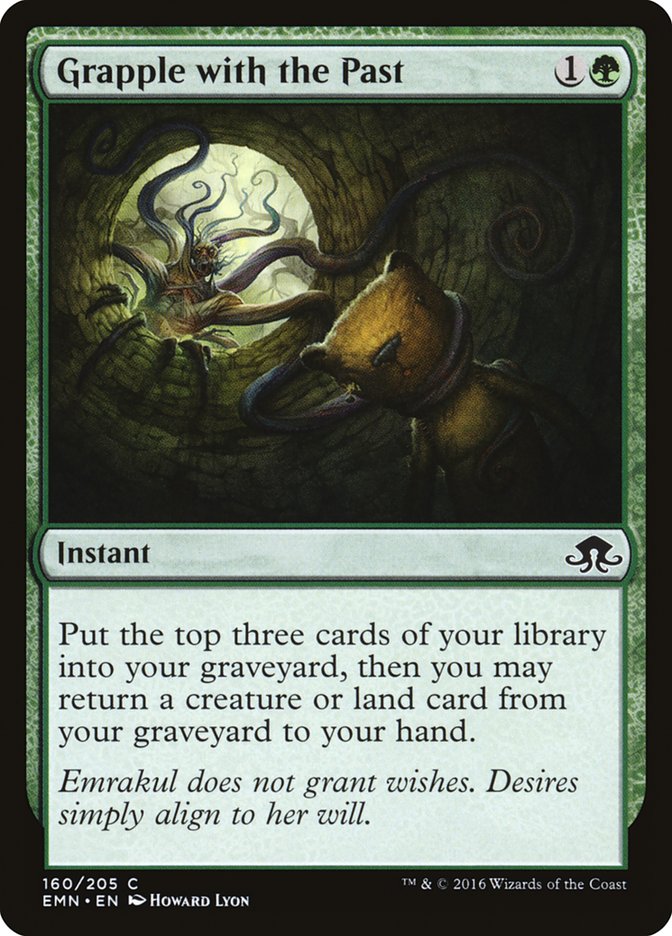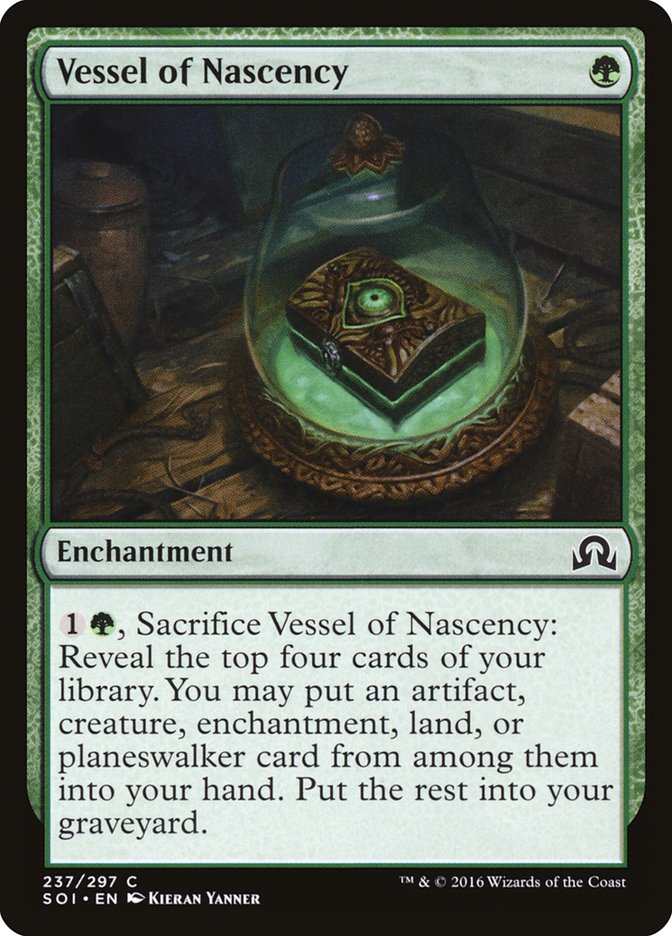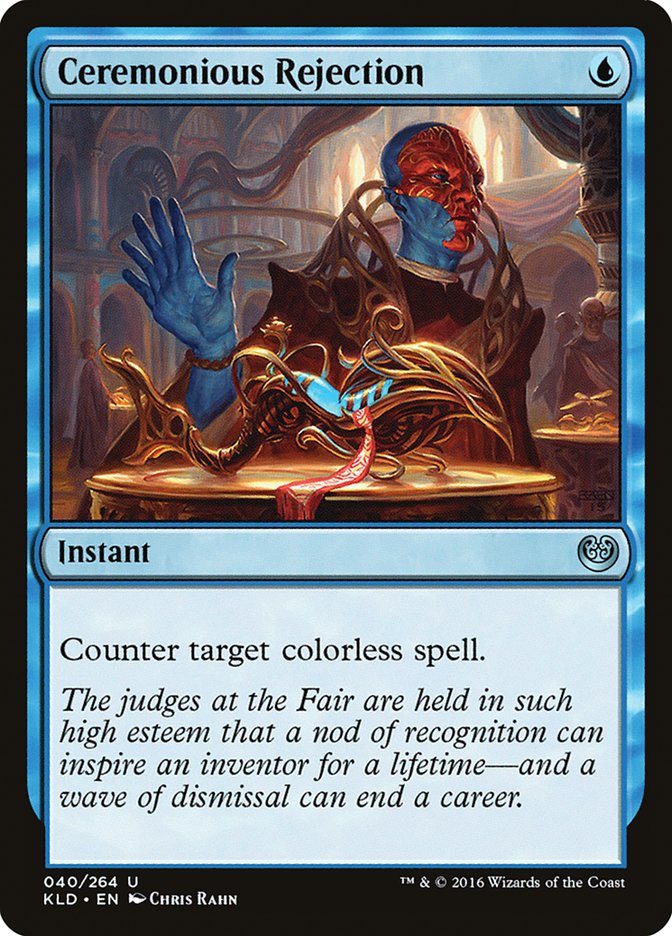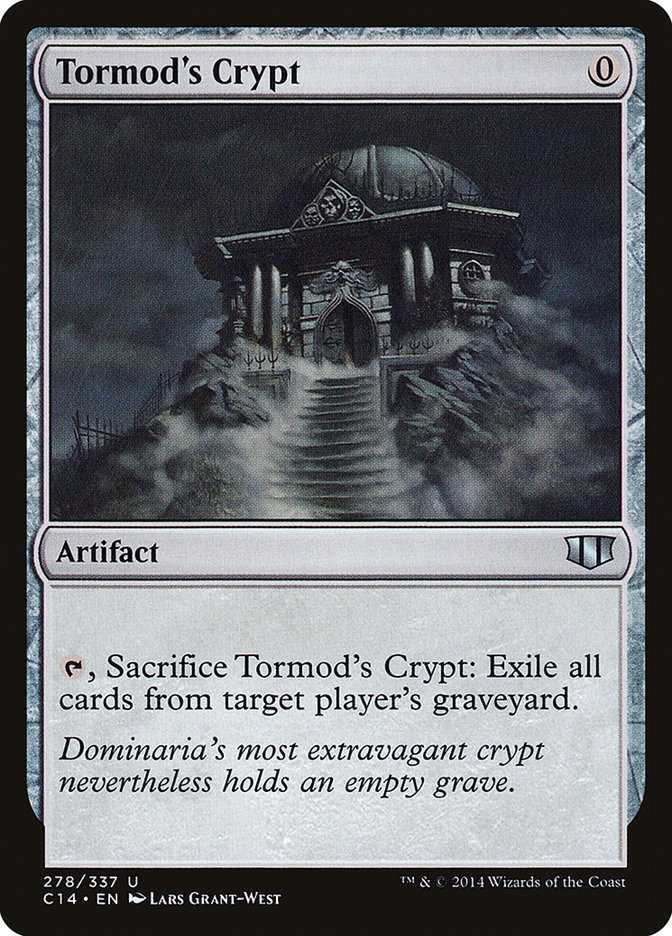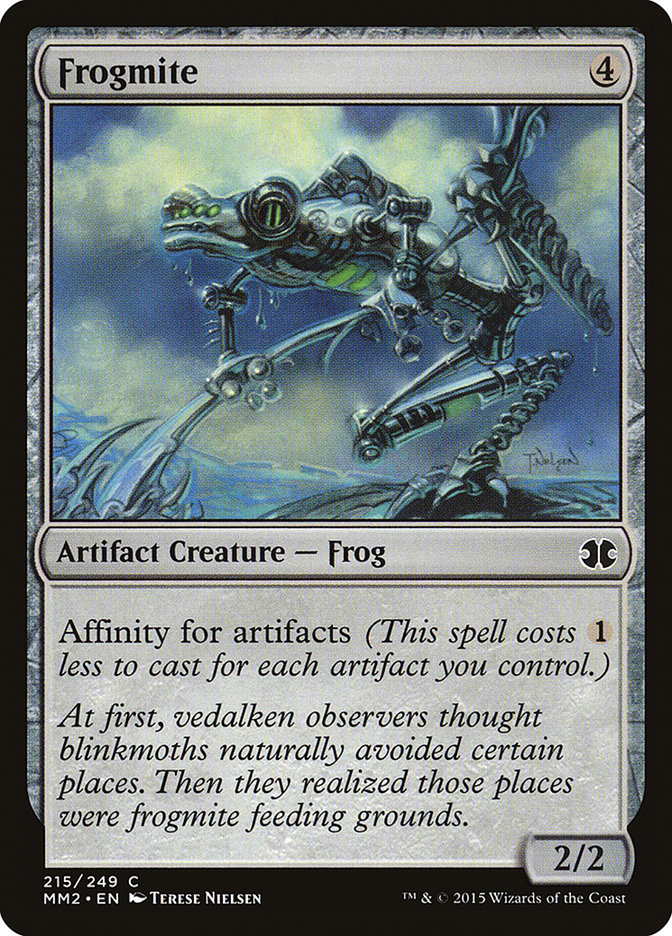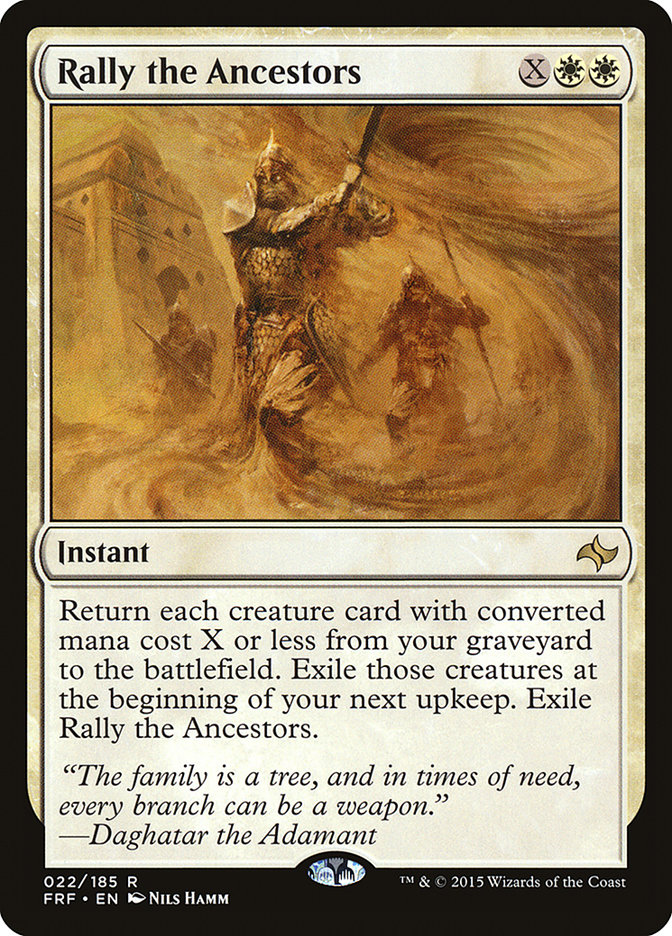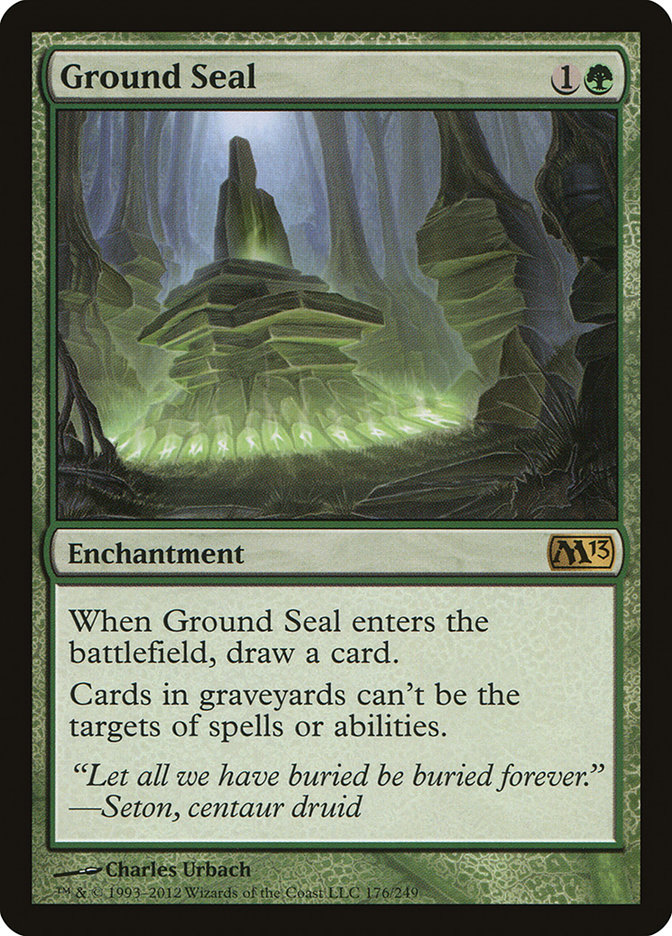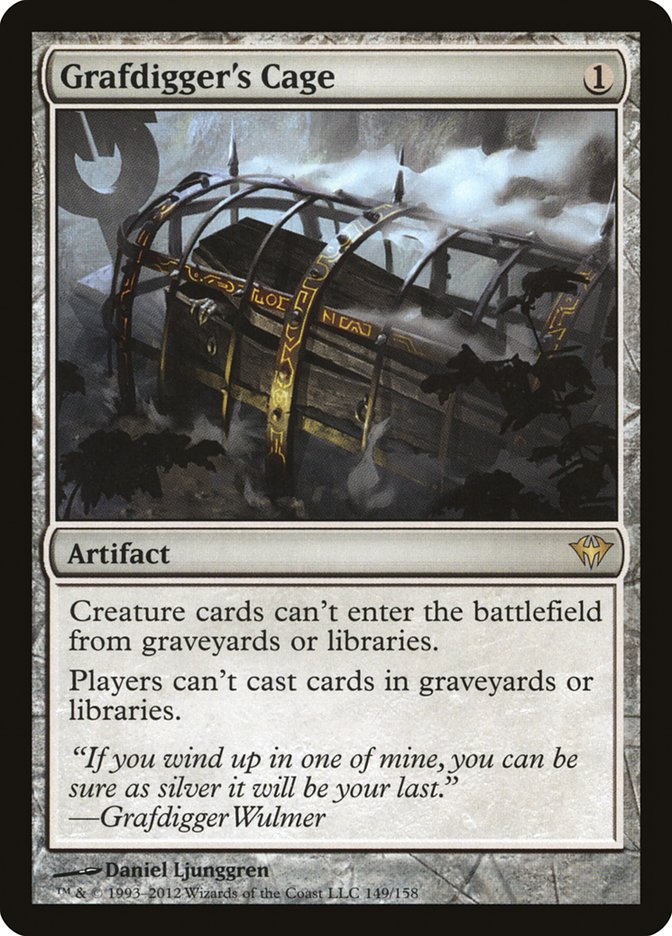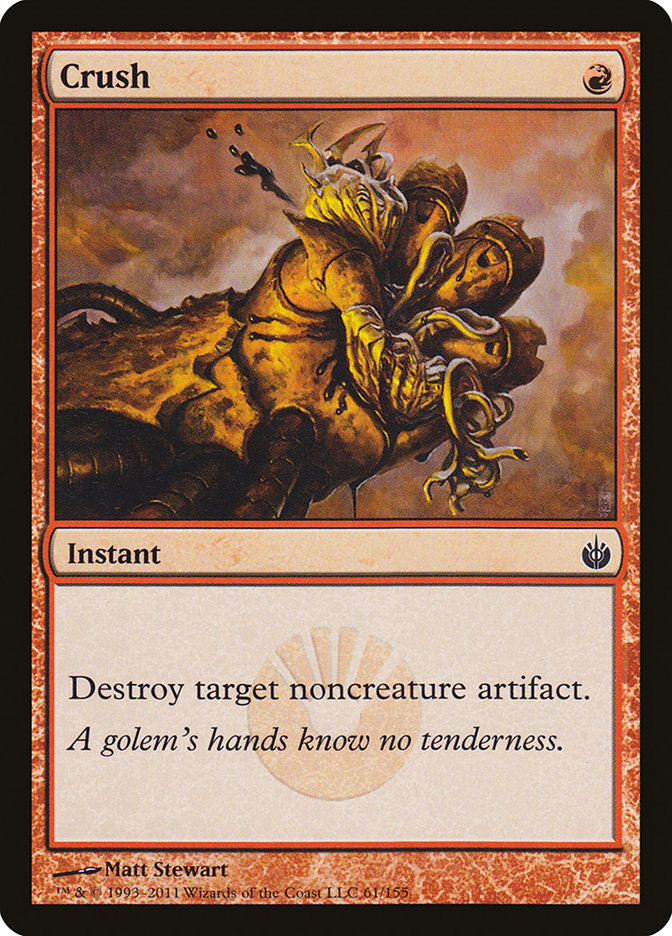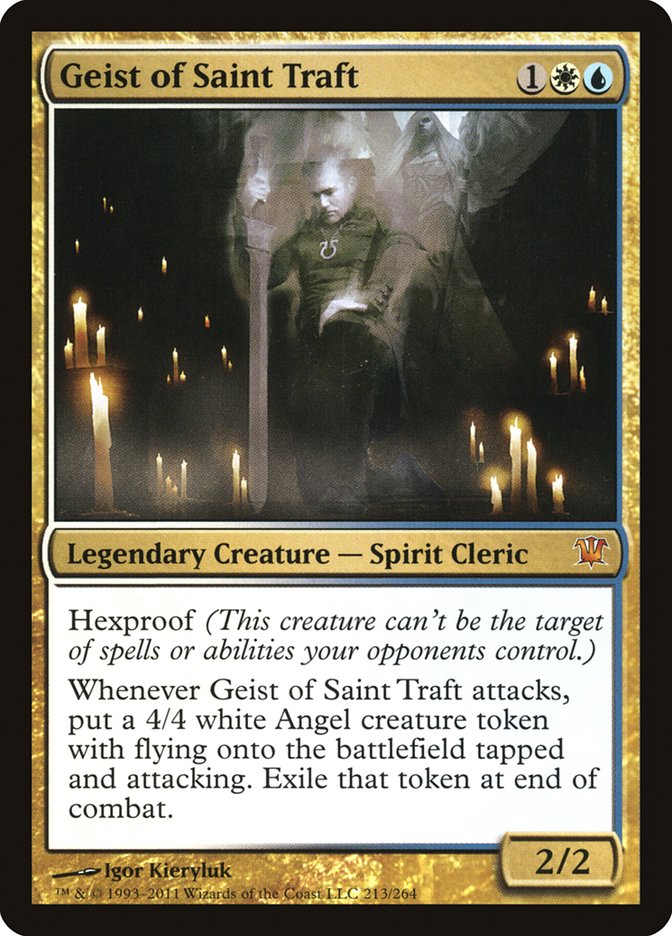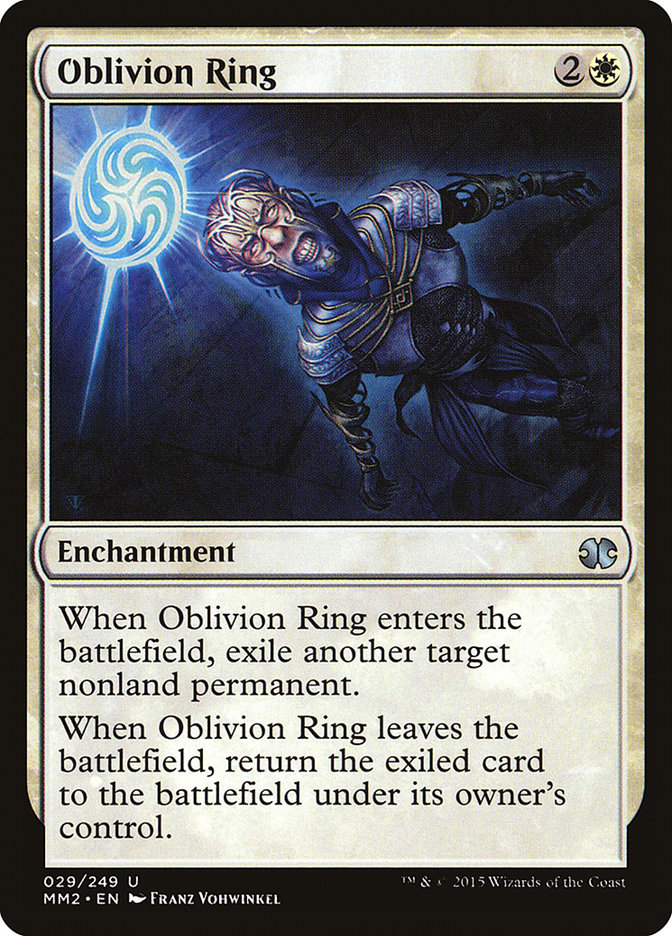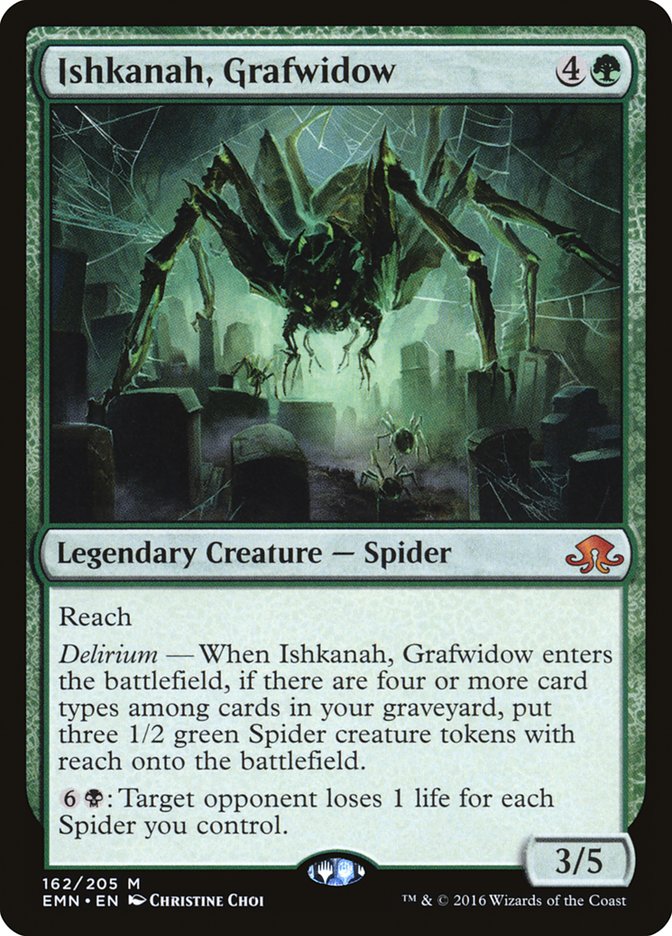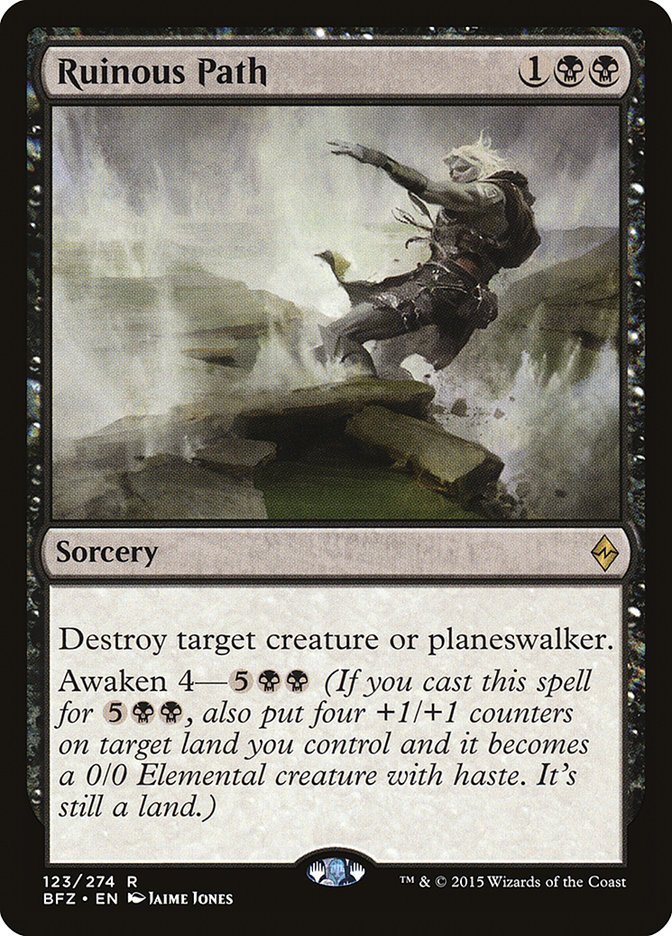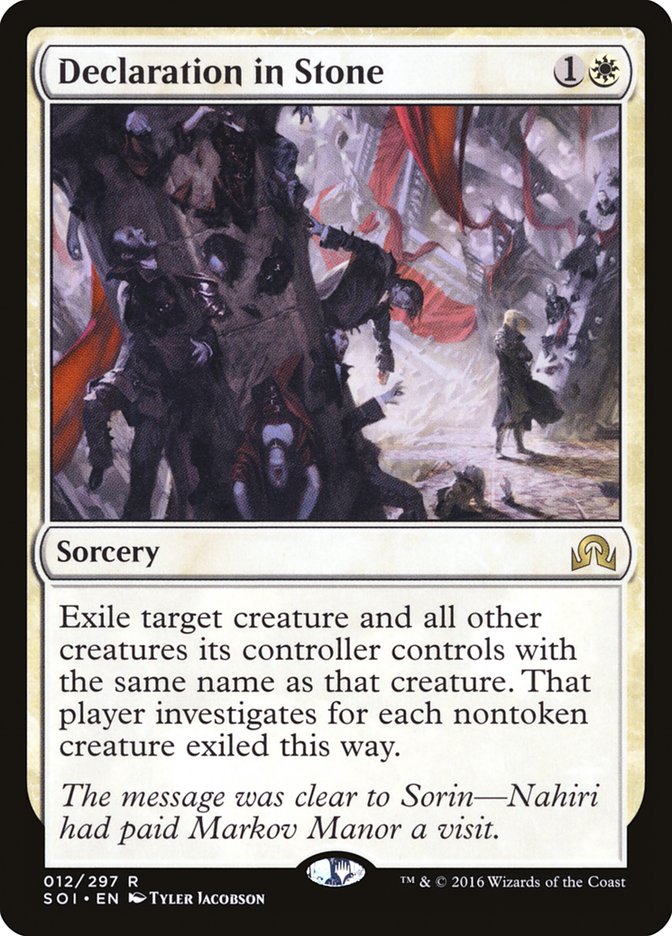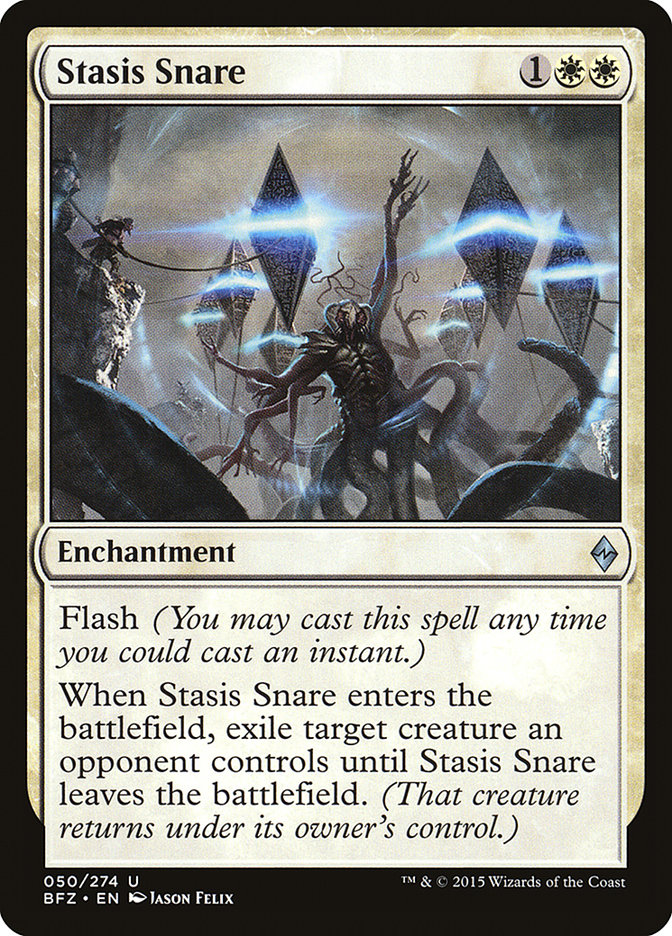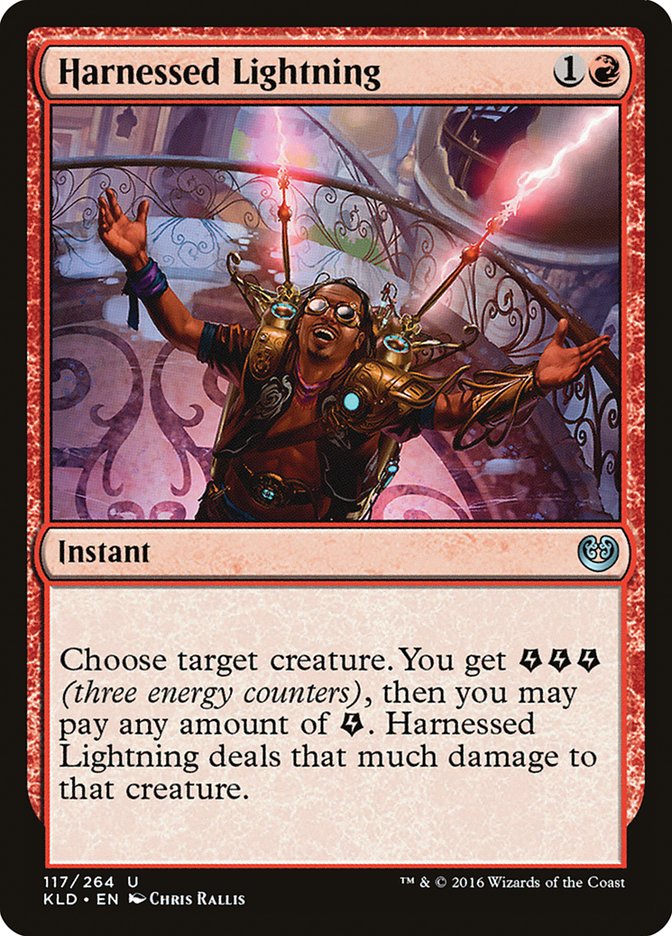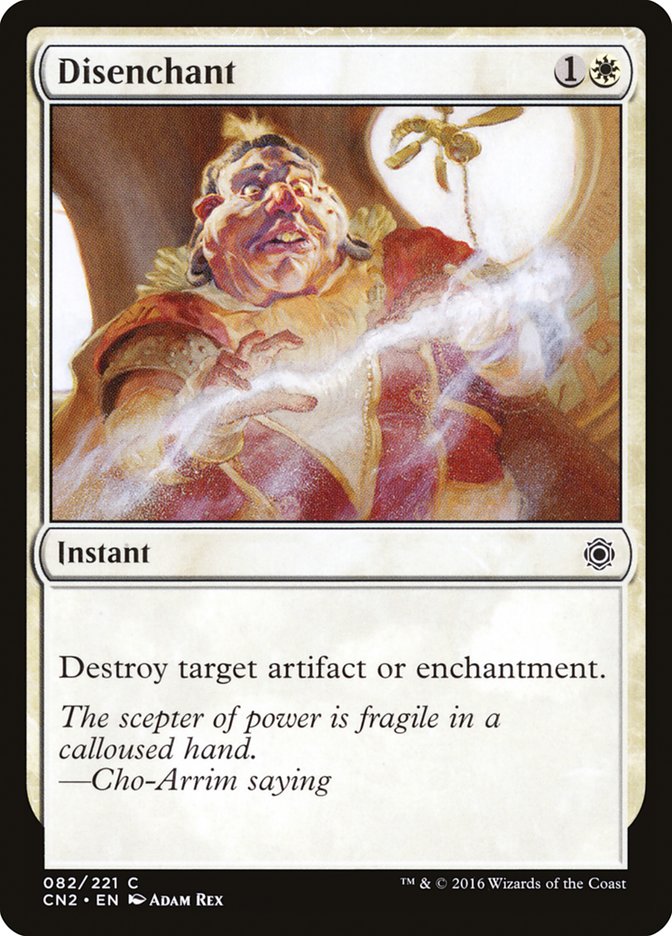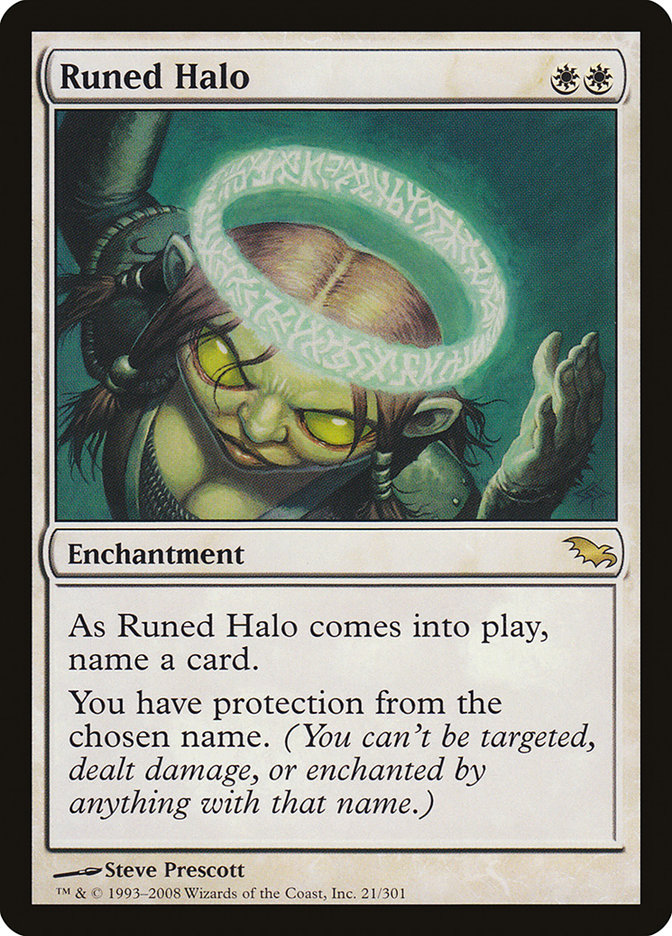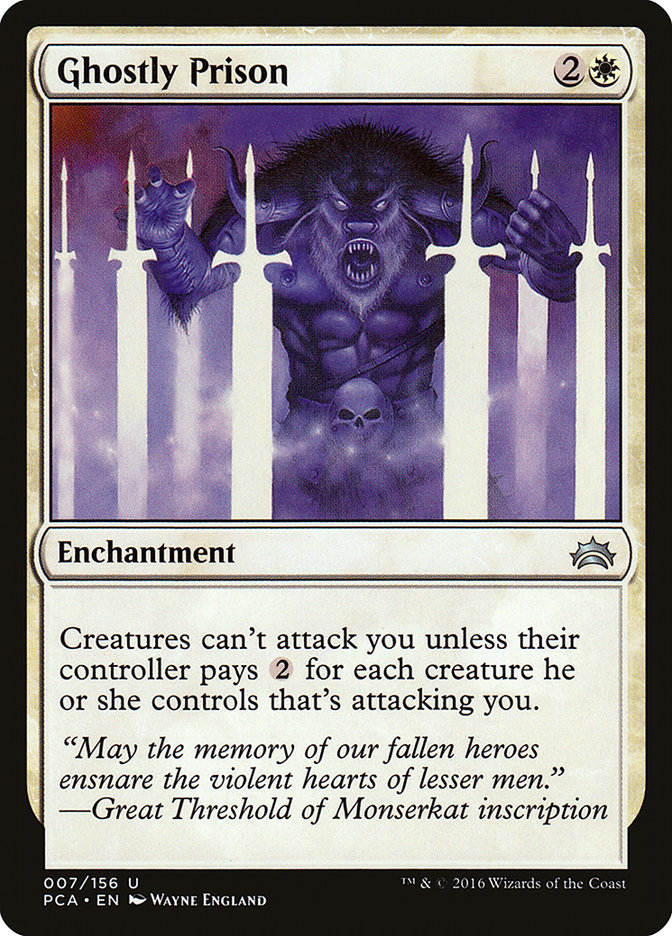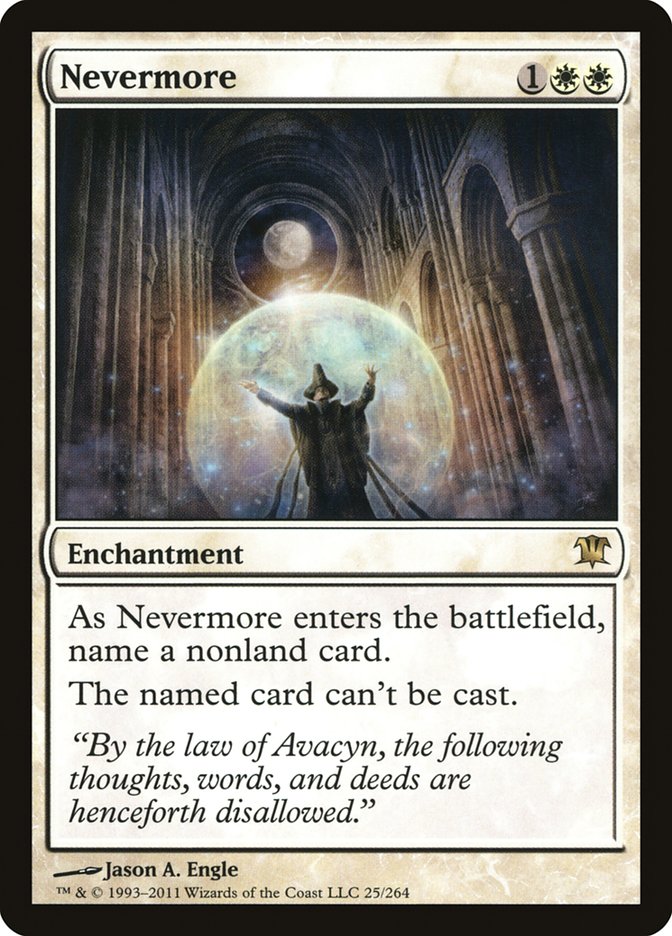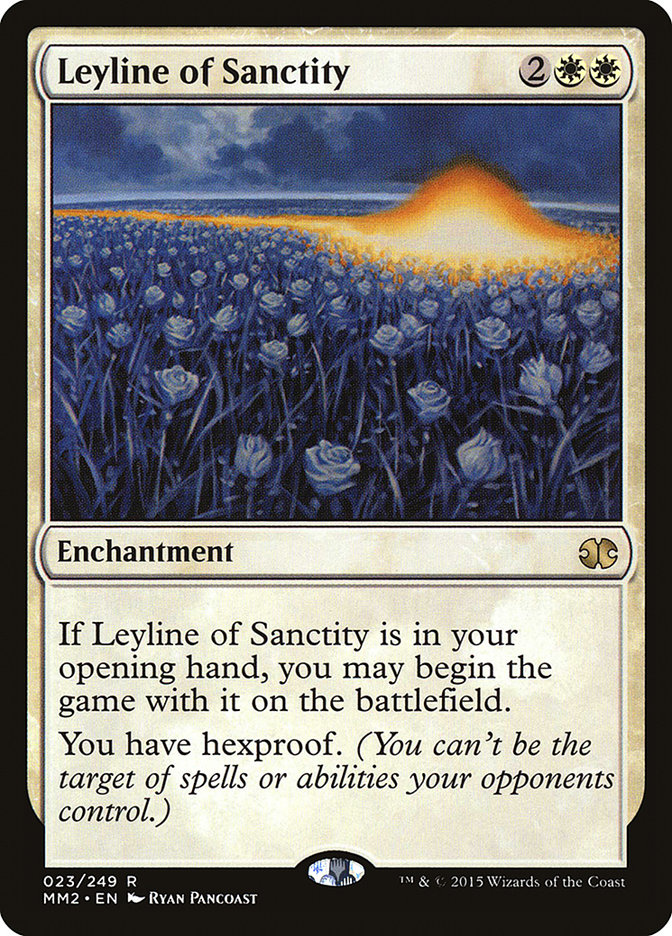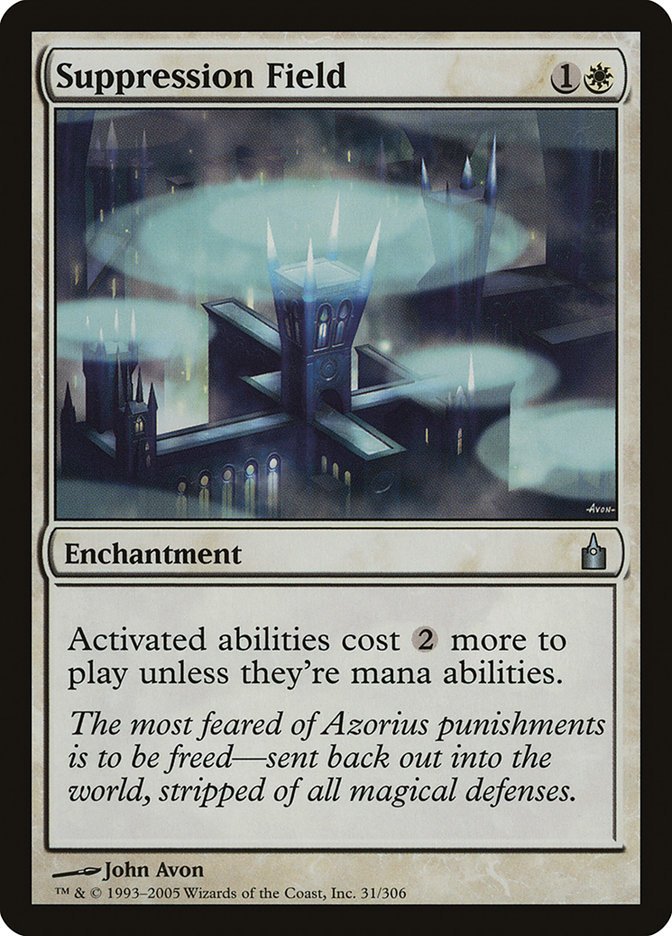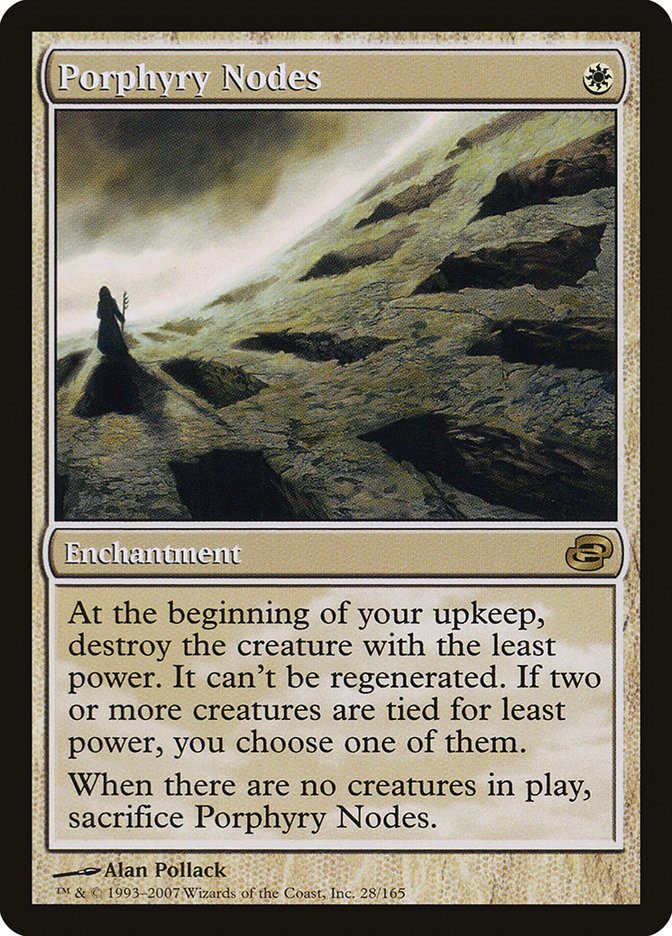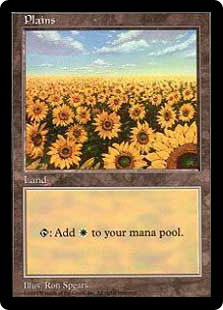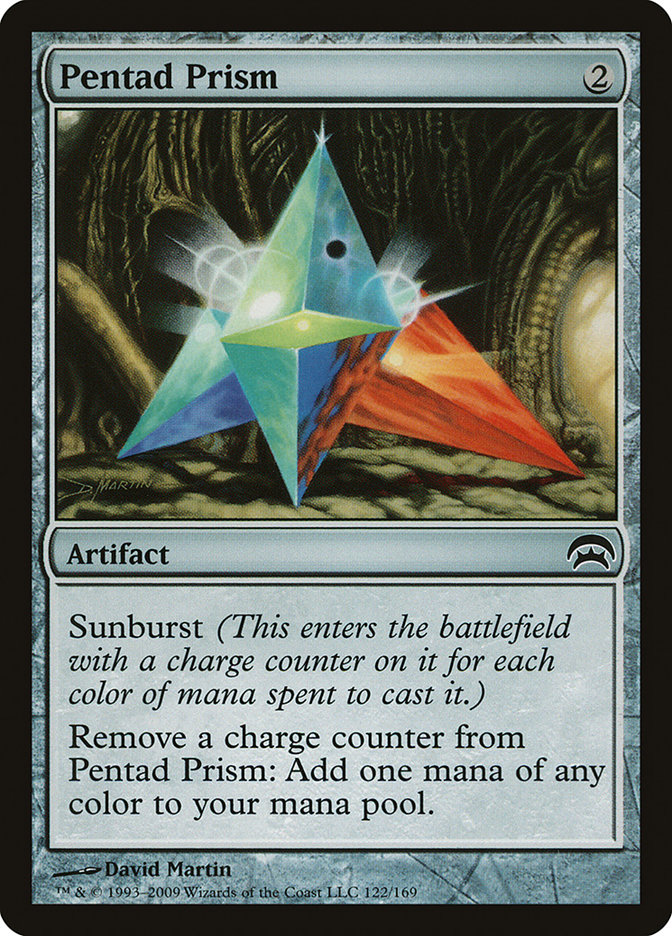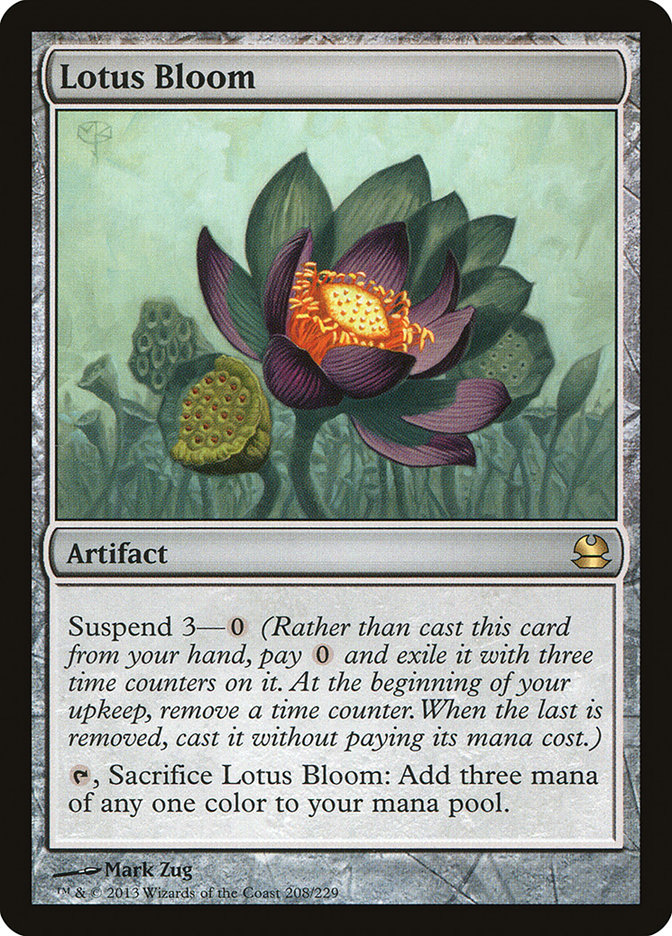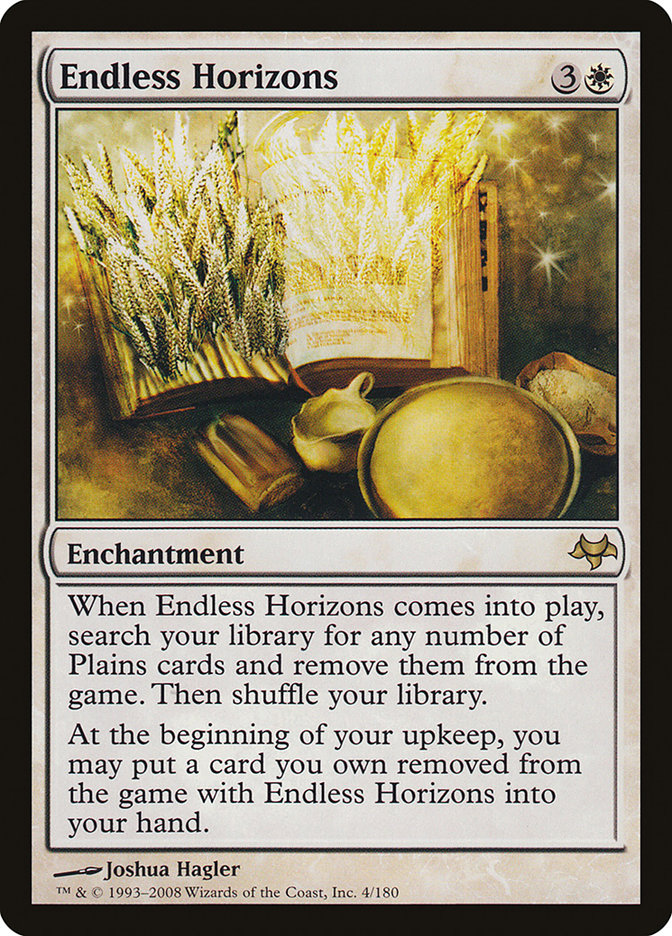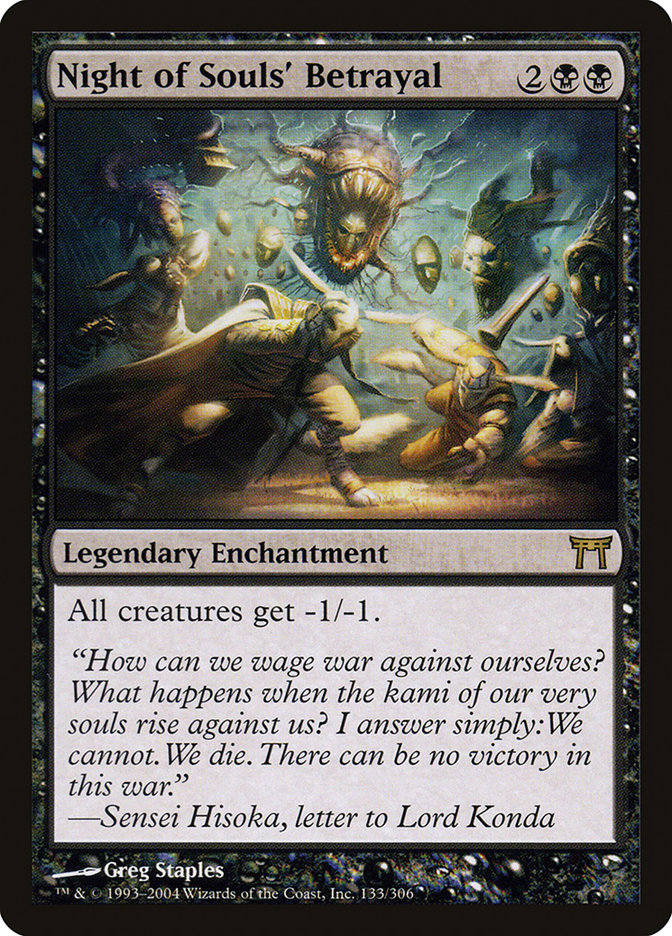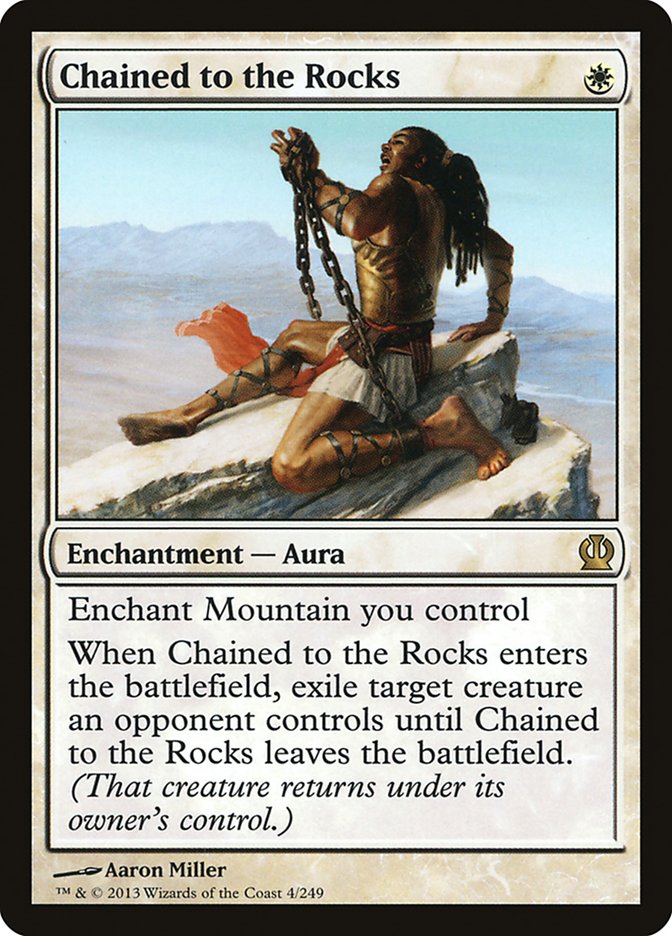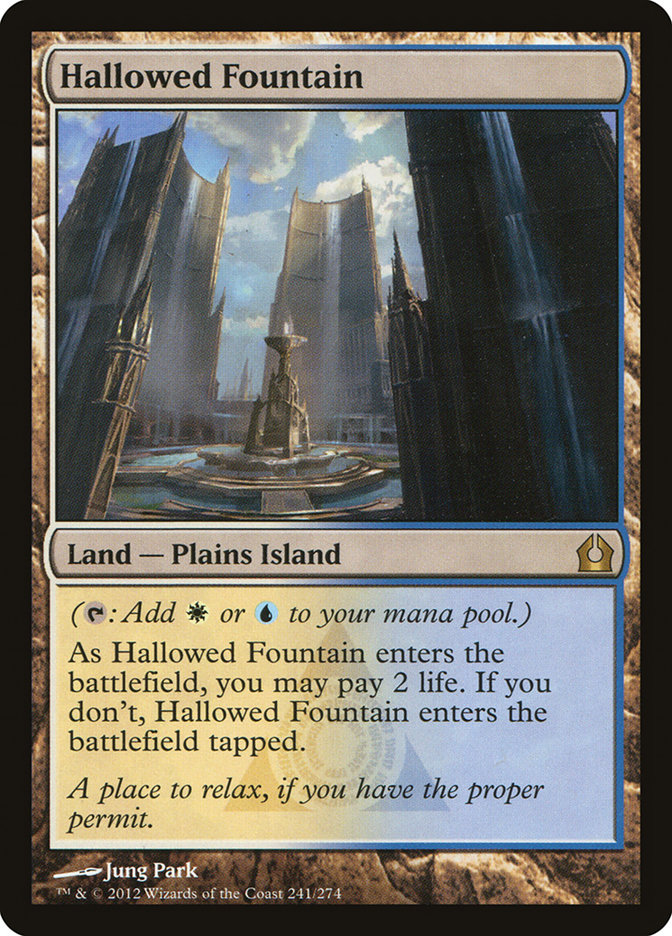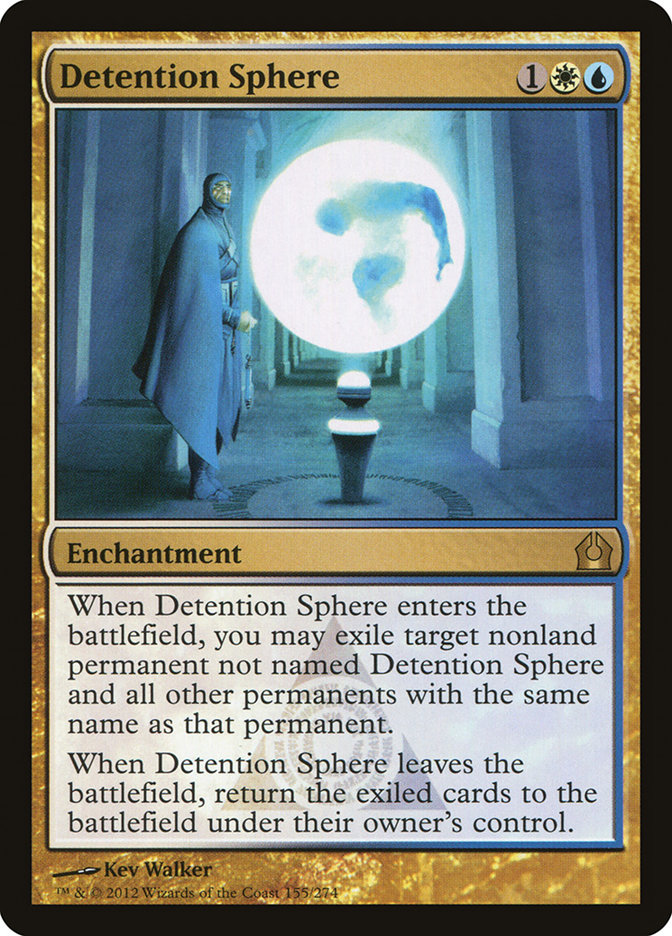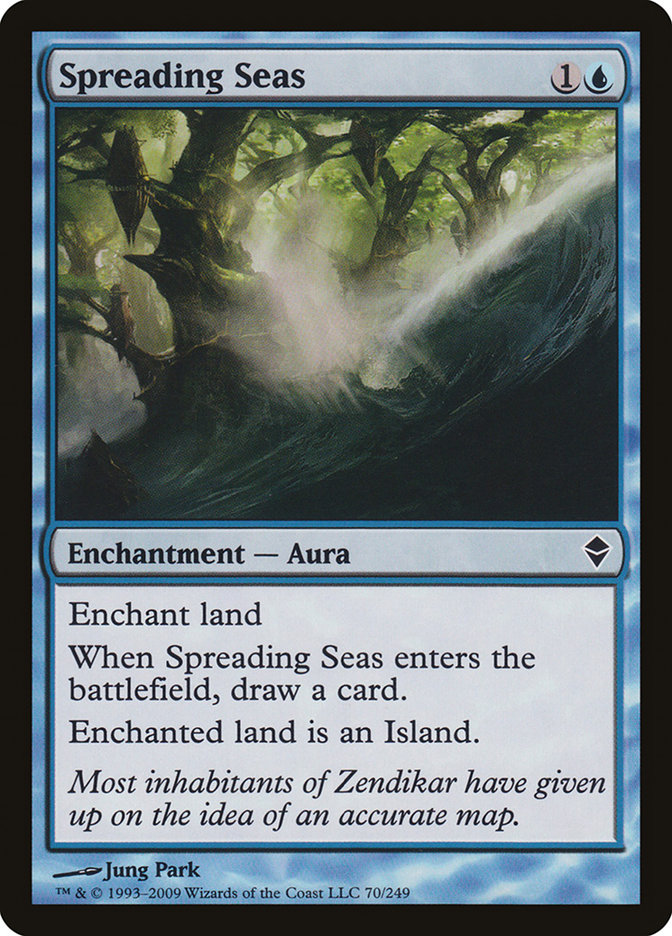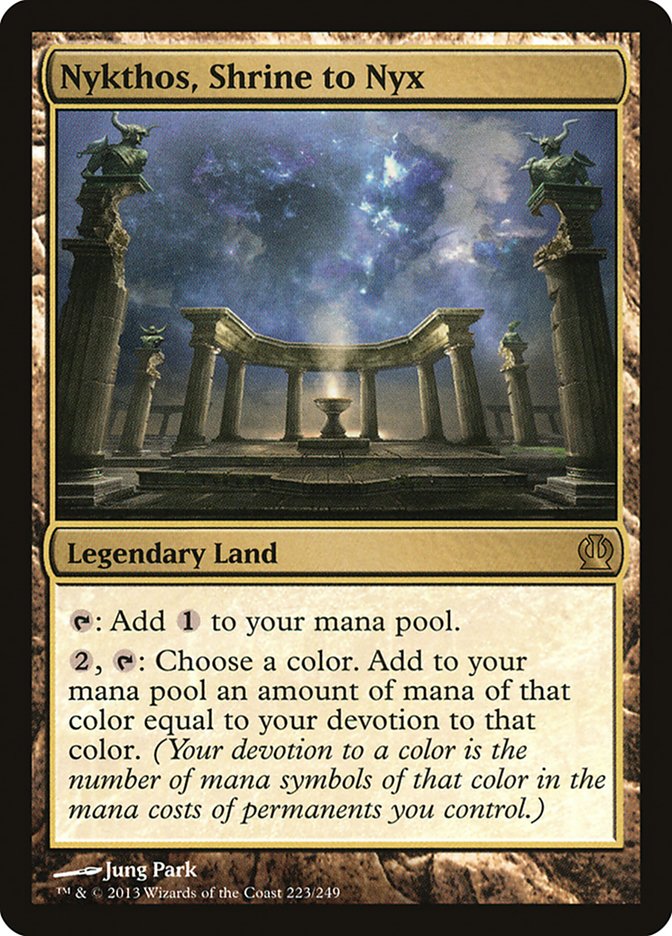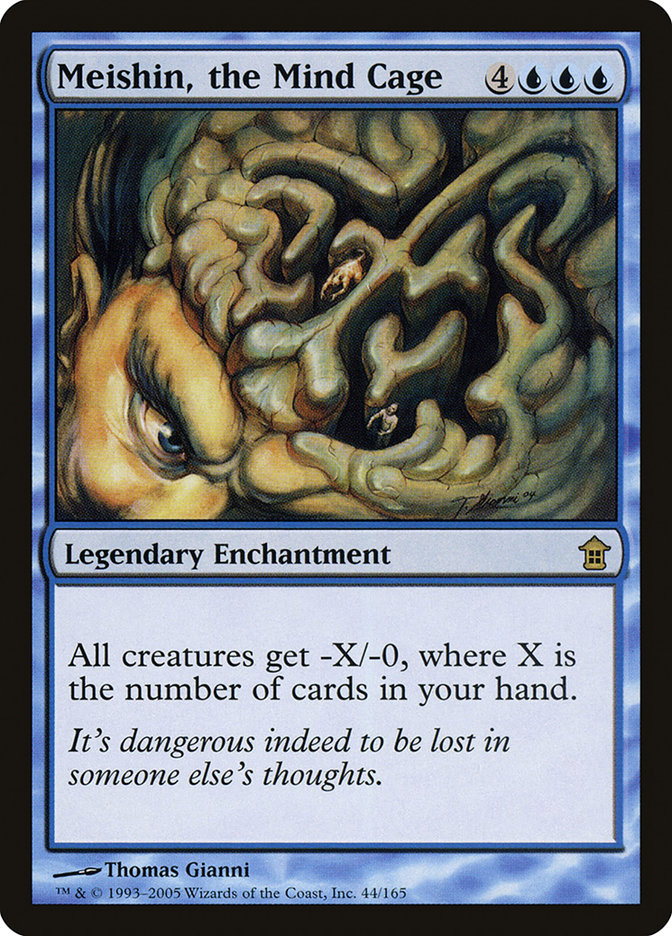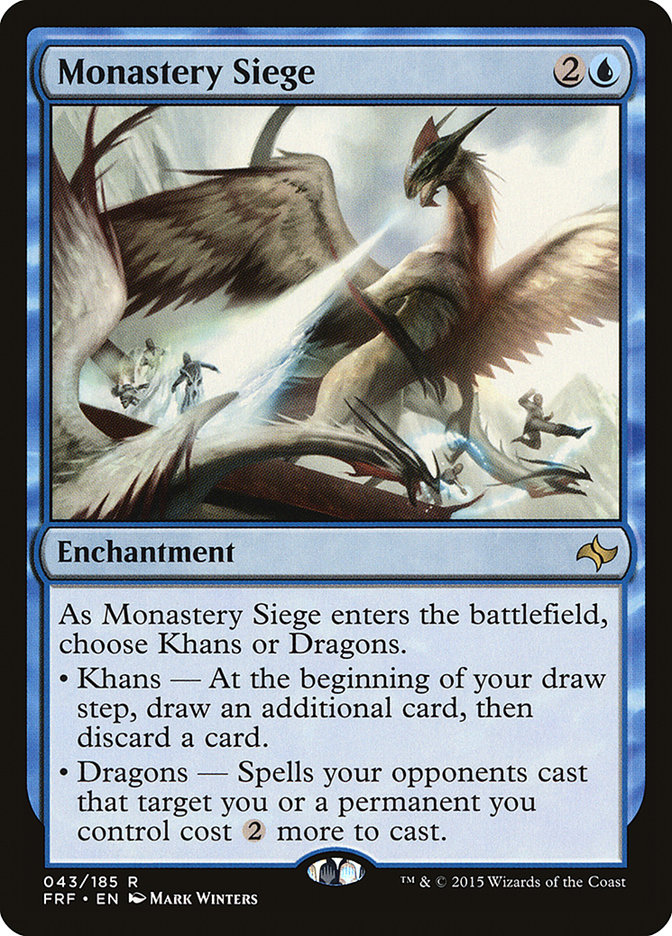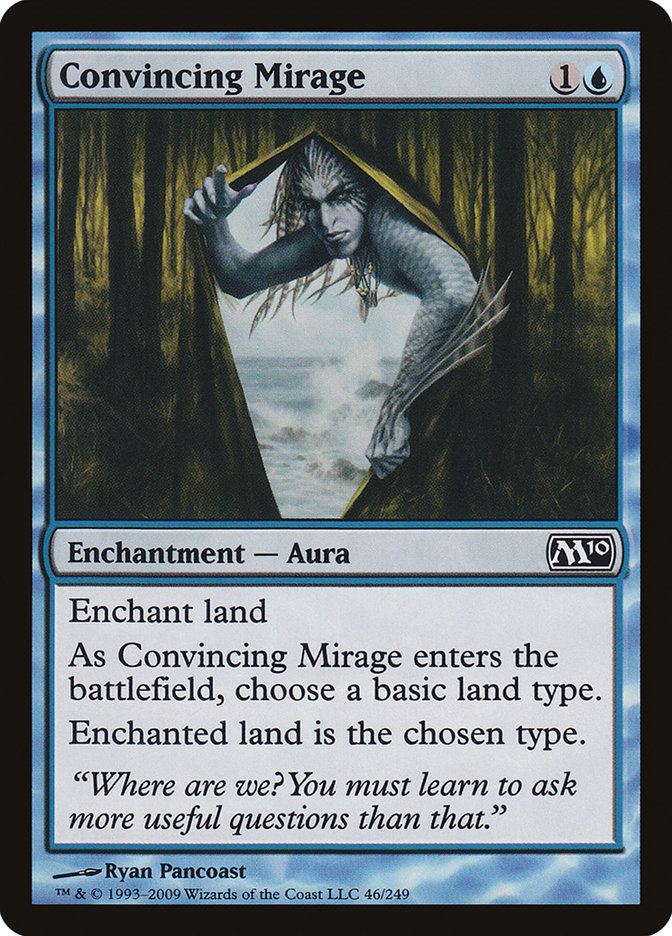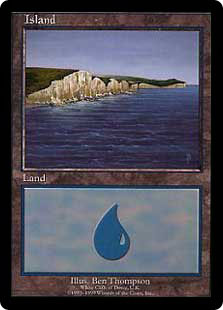I’m going to get a little design/developery today.
There’s a lot of talk about Standard right now, but more in the “what went wrong” way.
Let’s start with my big premise: Standard right now isn’t horrible, but it has a lot of prominent aspects that aren’t good. Having that line up with a long October to February gap between changes is also bad. However, raw complaints about it aren’t actually productive. Neither are totally reactionary “solutions” like printing absurd answers, which is the line of logic that created previous problems like Thragtusk in response to Snapcaster Mage and Vapor Snag.
Think. Critically.
Let’s take a minute, understand the root causes, and see what the long term lessons and outcomes will be.
Aetherworks Marvel, Collected Company, and Optimizable Random Effects
Without a doubt, Aetherworks Marvel is the worst part of this new Standard format.
The part that caught me here is that high-variance cards can be some of the most fun. Why are these specific ones so problematic?
With Aetherworks Marvel, the issue was the absolute binary of it. Either you hit Emrakul, the Promised End and basically win or you don’t do much. The best case is turn 4 Emrakul, which is absolutely unreasonable. But with most turn 4 Emrakul hands, if you miss, you have spent so many resources that you are scrambling to not be dead unless you can reactivate immediately. With Mind’s Desire or Villainous Wealth there are a huge number of possibilities, especially now that Mind’s Desire into Mind’s Desire isn’t a thing. There’s no novelty to the experience over time.
Maybe it might not get old if this was a rarer occurrence, but Aetherworks Marvel is powerful enough that this is a regular occurrence in the format. It gets repetitive quickly.
Another part of the problem is that attempting to make your deck more consistent makes it less consistent. Your hits are basically blanks. Every Ulamog, the Ceaseless Hunger you add to bridge from 35% to hit to 60% to hit makes more hands unplayable. You have to choose between “consistently functional but inconsistently powerful” and “inconsistently functional but consistently powerful.” Decisions you make should matter, but Aetherworks Marvel doesn’t reward you for deckbuilding or timing the way interesting random effects can.
Aetherworks Marvel is pushing too far towards flipping coins instead of making decisions in the Magic framework. You can either choose to aggressively go towards flipping coins or play a little more Magic in exchange for rolling a bigger die than a “D2.”
Collected Company was a different story, though the effect looks similar. There was a splash of the same high-end with Reflector Mage, but the issue was more the common case being too good. It was too flexible in how it set up a blowout, too strong for the cards of the time to simply power through.
Takeaway: Random effects should be more fluid in their inputs and outputs. More Plinko and Craps, less flipping for match results.
The Horror of Emrakul
Another card that is commonly cited as an issue is Emrakul, the Promised End.
I don’t disagree it’s not a great, but it is interesting to me that previous “stall, then win the game” big spells haven’t had this degree of backlash. Cruel Ultimatum was kinda cool. Sphinx’s Revelation was a little less cool, mostly because it promoted a more do-nothing, text-agnostic style of control play.
Emrakul, the Promised End has one unique issue facing it. Because Emrakul costs less than previous turn-controlling spells, because Aetherworks Marvel exists, and because Standard’s pace has changed, turns are being controlled at weird points of the game. You are in a middle ground of too little time to spew off the dangerous resources but just deep enough that those resources can be utilized. You have to make weird decisions that cost you in a traditional Magic sense so that Emrakul doesn’t shred everything you own.
Needless to say, having to make “stupid” decisions like that because otherwise you will be killing your own cards is not feel-good Magic. Throw away resources now so you don’t lose everything and then some later is…. eh…
There’s also the fact that actually Mindslavering someone on these complicated battlefields is not a good puzzle. The typical result is someone has to spend a bunch of time processing a bunch of new information and then make decisions about playing with a bunch of cards not in their deck in a way that doesn’t line up with how they would be played even if they were playing them. It’s an arduous process.
That all said, I think that, outside Aetherworks Marvel decks, a breaker like Emrakul, the Promised End is fine in the format. The lesson is more that controlling turns is an effect that needs to be very carefully watched the same way extra turns or drawing seven cards is, and previous effects never really hammered that home. Tying it to a weird, testing-resistant effect like Emrakul is much riskier than it looks.
The other issue with Emrakul, the Promised End is how easy it is to access for the midrange Delirium decks. That’s less an issue with Emrakul and more an inherent issue of good card selection.
I also think these cards were all fine to print. The delirium mechanic needed this kind of enabling to see competitive play, but there was an inherent risk in certain game-ending combinations with them. Emrakul, the Promised End is the mildest way they can go wrong if they did.
Worth noting: It’s very possible that, in a format without the Eldrazi Titans, the problem of Aetherworks Marvel is never realized. I’m willing to admit the root cause may also be that there is a point of “too big” that requires extreme caution. The original Eldrazi Titans were close here but didn’t have a few secondary issues arise. By being castable with a fairer gameplan and due to the interaction with Aetherworks Marvel, Emrakul, the Promised End may have been let fly a little too free.
Takeaway: I don’t think Emrakul, the Promised End is an absolute failure. It’s not the best, but it’s not innately horrendous. Neither are the cards surrounding it. But adding those to the mistake that is Aetherworks Marvel pushes it over the line.
The Place of Hate
A point that is constantly brought up is “why aren’t there hate cards for these graveyard strategies?”
Trust me, there is a good reason.
First of all, a hate card isn’t actually stopping Aetherworks Marvel. It is basically stack-based combo. The best thing possible is probably Ceremonious Rejection, which already exists. Maybe Duress should have been reprinted, but that’s a “changing things up versus seeing the same twenty versions of the same effect” debate I’m not ready to have here. There’s also a “how good should good discard be” debate that I would table for the same reason, as well as a “Duress hits Vehicles” one.
What about true graveyard hate?
It wouldn’t work. Delirium is not a super-linear mechanic. The delirium deck is going to do a reasonable midrange thing and win through your graveyard hate.
This really cuts to the core of the issue. You don’t want hate cards to incidentally shut down nonlinear effects. That’s how you print a set that just doesn’t matter. A Stony Silence in the wrong place turns Kaladesh into a Born of the Gods, which is just dumb.
True hate cards exist as stopgaps for when something specifically powerful slips through. Usually this comes up when something linear happens when the sum of the parts exceeds the whole.
Delirium really isn’t a linear mechanic with this potential. Vehicles and the rest of Kaladesh‘s artifacts aren’t either. Introducing a true hate card mostly threatens to shut out the new cards from ever seeing play rather than controlling their presence.
The danger is what happens if, in the lead-up to a nonlinear set, you have a linear deck break out. You have been avoiding making cards that stop the deck, and suddenly you need them. This is what happened with Rally the Ancestors early this year and I’m not sure what the real answer is. Do you want to protect against things that might not exist at the cost of making your new cards less exciting?
The solution is probably just to aim hate cards in a narrow window where they fight potential misses without overlapping with your theme. For example, Grafdigger’s Cage stops Prized Amalgam if that gets out of hand but leaves delirium alone.
The sad issue with Kaladesh is that this issue manifested in an obnoxious way. A lot of the cool inventor-style cards are the ones with dangerous potential (see: Aetherworks Marvel). The problem is that they are exact same noncreature artifact card type as a primary set mechanic in Vehicles. Especially with Vehicles being an inherently weak card type that needs the help and having activated abilities, you start getting into really “developery” solutions to handle one card set without oppressing the other. The specifics start adding up and you get a text box that feels forced instead of natural.
Takeaway: Hate cards not existing is certainly better than them bricking sets of cards, but we saw a small example of them being needed. Aiming them to not hit your big mechanics but stop secondary leaks is likely better. An exception is if your main mechanic is super-linear, in which case a safety valve is great.
Gideon Is a Repeat Issue
The last commonly complained-about card is Gideon, Ally of Zendikar.
The card is good. We get that. But this level of performance is a bit of an aberration. The card has been around for a year where it has ranged from great to mediocre without causing huge issues. It doesn’t really cross a barrier in raw power.
It does however tread a little too close to a lesson we already learned.
Geist of Saint Traft had a very similar play pattern to Gideon, Ally of Zendikar. If your opponent wasn’t established, casting it often just ended the game without them being able to react. If they had a reasonable setup, it did fairly little.
The frustration makes sense. He is very much a “fun for exactly one person” type of card, and while runaway planeswalkers tend towards this style, Gideon just hits a bit hard on all angles. Just remember that the removal spell you want was supposed to be Oblivion Ring, not a way to handle an animated Gideon.
Not only would a removal spell that hit an animated Gideon, Ally of Zendikar not stop the issue of churning out tokens, but it sets up the exact reactionary problem I discussed up front. After Gideon stops existing, how are you supposed to combat the presence of a powerful answer? What creatures trade well for the spell that is good enough to play against not-Gideon, kills a 5/5 Gideon, and is cheap enough to leave up to stop an attack? Not happening.
(A lot of this applies to answers that unilaterally hit the other “problem cards” too, but more on that in a bit.)
Takeaway: Gideon is pushed and the numbers make some things a little harsh. We are at a bad point for planeswalker answers and a redundancy should have existed in case Ruinous Path turned out as bad as it did.
Non-Offenders
Ishkanah, Grafwidow is good, but five-cost creatures playable in Constructed are. If there is any issue, it comes with excessive card selection and recursion making it hard to just break through the first copy and be okay. Or maybe it is Ishkanah only being the secondary threat in a lot of decks, meaning you can’t devote specific answers to it.
Smuggler’s Copter is actually a great card. It makes the decision about what answers you play matter and doesn’t cascade out of control too quickly. If anything is the issue, it is that the interaction with Depala, Pilot Exemplar and Veteran Motorist messes up some of the answer math in constricting ways.
Bad removal is also not the issue. There are tons of good answers; it just happens that the threats that have been printed have crossed the line to basically unanswerable (see the Gideon section). The things that might handle them are things that handle anything at too good a rate and start making the text of cards not matter. That’s just as bad and what Magic spent its first fifteen years figuring out. There was bound to be a push too far in the other direction, and we can expect things to balance from here.
Takeaway: Not everything is actually an issue.
What Makes a Good Standard
Looking back, there are three Standard formats I can point to as being widely lauded as greats: Innistrad–Return to Ravnica, Theros–Khans of Tarkir, and Champions of Kamigawa–Ravnica.
None of these formats were without their own single-card “issues.” Heck, they weren’t even all perfect gameplay. Were you ever Boomeranged into Stone Rain into Demolished out of a Magnivore deck? Why were these formats loved and this format disliked?
The key was you had decisions that had impact. In Champions of Kamigawa–Ravnica Standard, the decision was deck choice, where your choice of macro- and micro-archetype had huge impact. Think Modern right now. In Theros–Khans of Tarkir, you had card-by-card decisions that mattered a lot because the answer-threat interplay was so dynamic. You wanted Hero’s Downfall for one set of cards, Bile Blight for another. Innistrad–Return to Ravnica was somewhere in the middle, where specific card choices echoed out into your matchups and made a lot of micro-archetype-style decisions without drastically splitting decks.
This format doesn’t have that. Macro-archetype selection doesn’t really change matchups; everything can overpower another and nothing is fundamentally soft to anything else. There aren’t really micro-archetypes with relevant differences. Even in-game decisions aren’t sweepingly huge. A lot of decisions don’t have a clear impact.
Takeaway: People like making decisions that they can see have impact. Kaladesh Standard lacks that.
Six-Set Standard Was a Core Issue
Six-set Standard was a good experiment that failed horribly, and a lot of the issues we are seeing now stem from it.
First, it takes time to build the depth of relevant decisions even in formats where they exist. Standard rotating so quickly undermined a lot of this. You were constantly in a situation where you were scrambling to find footing, not going deep unless you had an absurd amount of time. Another six months with the same cards helps a lot here.
The second and bigger issue is smaller-card-pool formats trend towards the “threats over synergies” gameplay we have seen. I hypothesized at the start of two blocks a year that additional themes tilts toward additional potential for synergistic overlaps that lead somewhere, which is true, but failed to account for the fact that half of the year would be spent in five-set formats that just don’t support full synergies. You end up with Gideon, Ally of Zendikar and Archangel Avacyn versus Smuggler’s Copter, card versus card instead of deck versus deck. Full-year rotation means less time spent in that state, and based on the Pro Tour schedule, there’s a slight shift in release dates that shortens the previous October to February five-set period to only three months.
There are lots of things about the physical game of Magic that tend to make issues present on a macro scale where immediate fixes are difficult. Banning a card for small reasons has a really huge impact, and even if you could power-level errata things, that has cascading effects. The core game of Magic is still great and the same, but the set-by-set process is always evolving because one of the great things is presenting a dynamic game. Lessons are definitely learned from things like Kaladesh Standard. They just aren’t things you can immediately act upon.
Takeaway: This isn’t a “Standard is broken, everyone evacuate to Frontier” issue. Properly reacting to things in the design of a physical game with well-structured development cycles takes time. Kaladesh Standard’s issues are relatively small, easy to locate, and aren’t fundamental long-term ones that can’t be fixed.
Recorded Recap
Creatures (1)
Lands (22)
Spells (38)

Last week I recorded some matches with a Modern Enduring Ideal deck. While the deck in its current form had a lot of flaws, they were gaps in coverage and not fundamental failures. The deck actually did a lot of awesome things and I think it deserves further consideration. Unshockingly, this falls into the same category of Bulky Midrange decks that have really started shining since Splinter Twin was banned and U/R and G/B/X became less of a metagame presence in favor of decks that struggle with random hate cards.
A big thing is that the card type “enchantment” is really good in Modern right now. Abrupt Decay counts are falling, as is G/B/X Midrange’s metagame share. Incidental permanent interaction is also falling as sideboard slots are pushed towards efficient removal by creature combo and graveyard hate by Dredge. Add Tron’s resurgence to the mix and you are flying in a gap where no one has cards that interact with you. Most decks only have two or three pieces of interaction, and most of that is sideboard Nature’s Claim.
A lot of the hate in this list hits hard. Runed Halo locks out decks with narrow threat bases, Nevermore locks out generic combo that can cause issues for bulky midrange like this, Leyline of Sanctity shuts down burn and discard and some combo, and Ghostly Prison slows aggro to a crawl and stacks to close out games.
And some of the hate…. kinda sucks. Suppression Field used to be great, but since the ban of Birthing Pod and Splinter Twin, the card no longer hits high-priority decks beyond lucking out on the play and stopping their fetchlands. Porphyry Nodes similarly used to crush Toolbox combo decks by chewing away at their infrastructure but now is too slow against decks like Infect that just one-shot you.
I want interaction that hits hard.
One thing I noticed is that once you cut Suppression Field, you have no real reason to stick to mono-white. Suppression Field prevents you from playing your own fetchlands, but without it you can go full fetch-shock mana.
I had some concerns about getting to the required mana to “go off,” or getting there quickly enough. Artifact mana exists, but I’m not huge on exposing myself to another type of permanent interaction. I’ve mana-screwed too many Ad Nauseam opponents by going after Pentad Prisms and this deck actually needs Lotus Bloom to survive to the main phase.
One super-awesome card I haven’t thought about in a while for this job is Endless Horizons. I don’t know if it is actually good, but it certainly fits the “get to seven mana but not die to Kolaghan’s Command” requirements. If you want to go really deep, you can backup combo with Goblin Charbelcher if you make your manabase all Plains.
Back to the initial premise: interaction. While the interaction doesn’t have to be enchantments, the first thing that came to mind was Night of Souls’ Betrayal. Infect just loses to the card, and Dredge is shockingly soft to it when you have Runed Halo to cut off Prized Amalgam and then Golgari Grave-Troll.
Blood Moon is another option in the same vein of heavy-hitting enchantments. It doesn’t mesh super-well with all of your double-white-cost good cards, however, and relatively few of the value lands in the format are things you are concerned with shutting down. Nice Raging Ravine, hope you can pay for it and all these Ghostly Prisons. Nice Academy Ruins, you get to return…. uhhh… all of the permanents I’ve… uhhh… exiled? You also aren’t a good Simian Spirit Guide deck, making Blood Moon run a bit slow for the format.
The “red” card that interested me was Chained to the Rocks as a replacement for Porphyry Nodes in the “cheap removal” department. I’m not sure it is actually better than Guard Duty, but it isn’t far off Path to Exile.
The idea from the video comments that hit home was moving towards blue.
Detention Sphere? Not a huge draw, but against Dredge, the sweeping exile is definitely an upgrade.
Spreading Seas does a lot of the same work as Blood Moon in terms of shutting off mana but doesn’t interfere with your double-white costs. In addition, you are still an Enduring Ideal deck trying to get to seven mana. Similar to Scapeshift trying to hit seven lands, it takes a lot of cards to do this. A chance to interact and cantrip at the same time is a big deal.
Copy Enchantment is the real gem. So many of your base hate cards get better in multiples. Two Runed Halo or two Nevermore is going to lock out significantly more decks than one. Two Ghostly Prison virtually halts damage where one merely slows it. Two Spreading Seas completely shuts down a manabase where one is merely an inconvenience. You can’t play a ton of the card, as it does nothing on its own, but two or three copies go a long way.
The best part? Copy Enchantment copies mana costs, making it a “blue card” that adds to your white devotion count for Nykthos, Shrine to Nyx. Again, getting to seven mana is an important thing, and Nykthos is a big part of that.
A first cut at a blue list is below:
Lands (22)
Spells (38)

There are certainly more options, but I didn’t want to go too deep to start. I tried to keep to castable cards that have a direct impact on slowing the game pre-Enduring Ideal.
One last note: I’m not playing basic Island because there are way too many double-white cards. I don’t want to draw Island and Nykthos, Shrine to Nyx and not be able to cast them.
This deck isn’t going to be a Tier 1 format-warping presence anytime soon, but it’s in a good space right now and does a lot of powerful things that hit specific archetypes hard. At the very least, give it a chance while the right conditions last.


